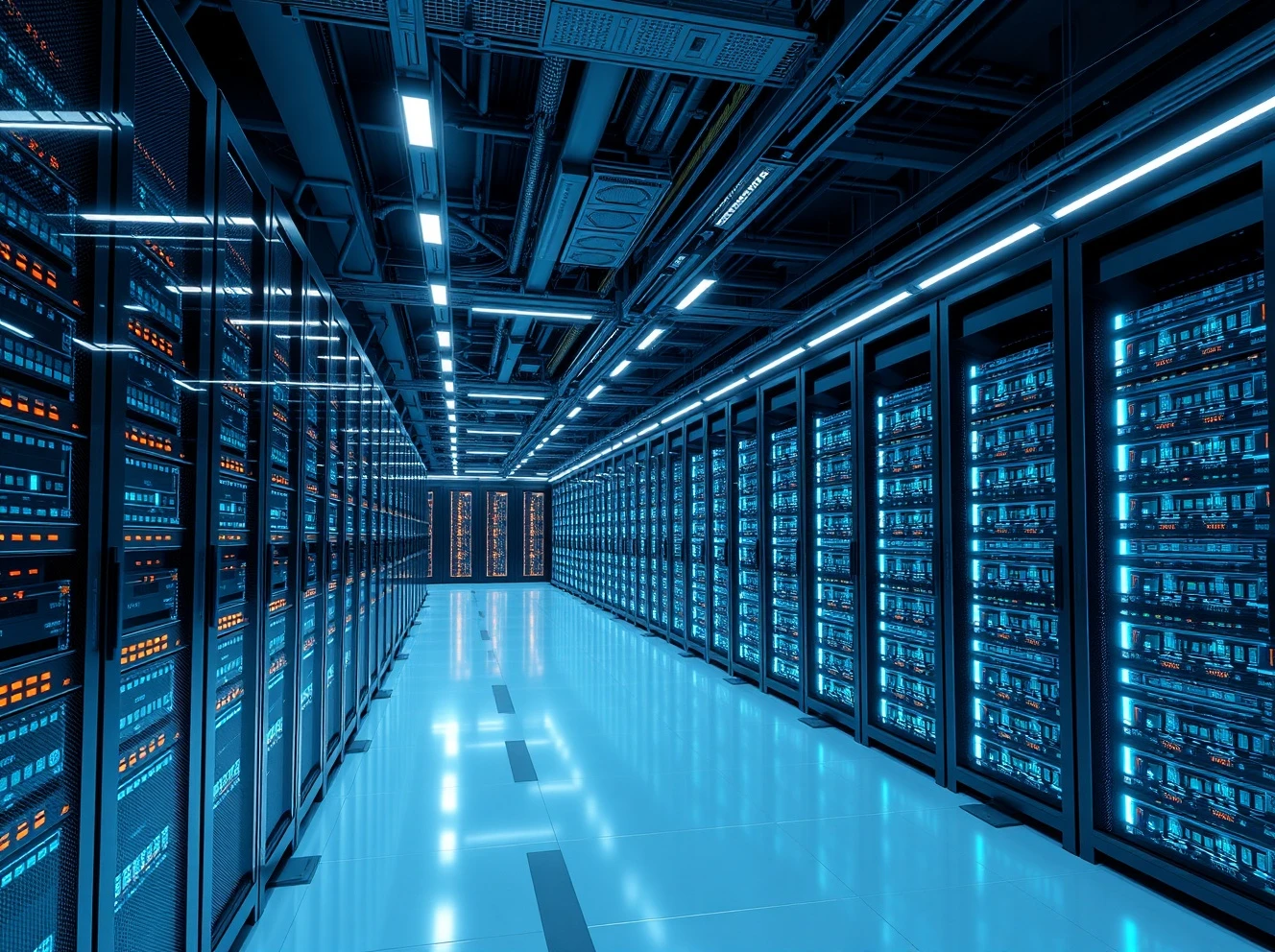Silicon Valley is undergoing an unprecedented infrastructure transformation as tech giants pour hundreds of billions into AI data centers. This week alone witnessed staggering investment announcements that reveal the massive scale required to power the next generation of artificial intelligence.
The $100 Billion AI Data Center Investment Wave
Nvidia committed up to $100 billion to OpenAI’s infrastructure expansion. Meanwhile, OpenAI announced five additional Stargate AI data centers in partnership with Oracle and SoftBank. These facilities will add gigawatts of new computing capacity over the coming years. Consequently, Oracle sold $18 billion in bonds specifically to fund these massive AI data center projects.
Why AI Data Centers Demand Unprecedented Scale
Modern AI models require exponentially more computing power than traditional applications. Training advanced systems like GPT-4 and future iterations consumes enormous energy resources. Therefore, companies must build specialized AI data centers with unique cooling systems and power requirements. These facilities represent the physical backbone of the AI revolution.
OpenAI’s Capacity Constraints and New Features
OpenAI recently launched Pulse, a feature that creates personalized morning briefings overnight. However, the company currently limits Pulse to $200 monthly Pro users due to AI data center capacity constraints. This demonstrates how infrastructure limitations directly impact product availability. The company aims to expand such features to free users once additional AI data centers come online.
The Business Case for Massive AI Data Center Investments
Investors justify these enormous expenditures through projected returns from AI services. Each new AI data center enables more users and advanced features. Furthermore, these facilities support increasingly complex AI models that drive competitive advantages. The race to build AI data centers reflects the strategic importance of computational infrastructure.
Future Implications of AI Data Center Expansion
The current AI data center building boom will reshape technology landscapes globally. These facilities require specialized locations with abundant power and cooling resources. Additionally, they create new economic opportunities in regions hosting these AI data centers. The infrastructure investments today will determine AI capabilities for years to come.
Frequently Asked Questions
What makes AI data centers different from traditional data centers?
AI data centers require specialized hardware like GPUs, advanced cooling systems, and significantly more power per square foot than conventional facilities.
Why are companies investing so heavily in AI data centers now?
The AI boom has created unprecedented demand for computing power to train and run large language models and other AI applications.
How long does it take to build a new AI data center?
Major AI data center projects typically take 18-36 months from planning to operational status, depending on scale and location.
What are the main challenges in building AI data centers?
Key challenges include securing adequate power capacity, obtaining permits, managing cooling requirements, and sourcing specialized AI chips.
How do AI data centers impact local communities?
They create construction jobs and long-term technical positions but also strain local power grids and require significant water resources for cooling.
Will the AI data center building continue at this pace?
Industry analysts project continued strong investment through 2026-2027 as AI adoption grows across multiple sectors.








